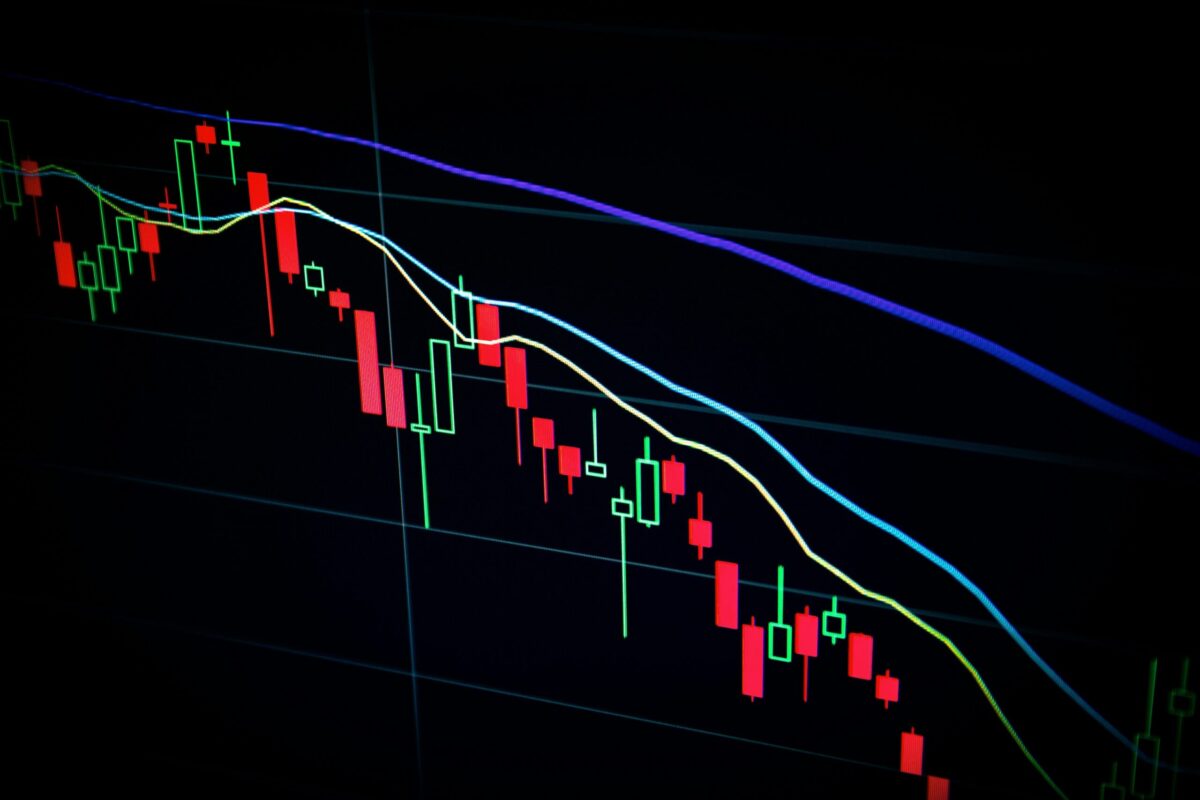Former CEO of Alameda Research and Sam Bankman-Fried’s one-time girlfriend, Caroline Ellison, had her second day of testimony in the court yesterday, 11 October. She was seen weeping on the witness stand by the end of the day.
For Ellison, the unravelling of the collapse of SBF’s FTX exchange was a “relief” as she did not have to lie about things anymore. Calling it the “overall worst week of my life”, she said she “felt indescribably bad about all the … people that lost their jobs … and the people that trusted us that we had betrayed”.
The star witness disclosed multiple things, from Alameda’s misleading balance sheets sent to lenders to an unrelated bribery incident with Chinese officials to retrieve locked funds. Throughout the catastrophe, she maintained that SBF kept on instructing her to use FTX customer funds in order to repay Alameda’s lenders despite being aware of the looming risk.
Alameda’s balance sheet, which it sent to lenders, was crafted to hide the company’s failing financial health. It showed that Alameda rested on a foundation largely made up of a coin ($FTT) that its sister company – FTX – invented. Tagging it as a “dishonest” document, Ellison said:
“It understated the true extent of Alameda’s risk, but it still showed that Alameda was in a fairly risky position.”
SBF’s continuing hold in Alameda
A continuing thread in all of her testimonies is how the former FTX CEO had overarching control over Alameda despite the appearance that he was stepping back from the hedge fund to focus on running his FTX exchange.
Bankman-Fried instructed Ellison “to use FTX funds but to keep money on FTX” in order to meet customer withdrawals at Alameda. This was quite a risky act as the money was coming from FTX customers who could try to withdraw it at any time. The request for these withdrawals shot to a peak when the Luna crypto token declined in May 2022, leading to a broader market downturn.
“I was in a constant state of dread. I knew we would have to take the money from our FTX line of credit and that was money that could be called in at any time”, said the former Alameda CEO.
However, Ellison continued to listen to SBF despite being “concerned that if everyone would find out, then everything would come crashing down”.
The fake identities of “Thai prostitutes”
Another striking revelation in her testimony was about the bribe that Ellison, along with a few FTX and Alameda executives, paid to Chinese officials. This was aimed at securing funds that had been locked on Chinese exchanges.
This happened as the team initially failed to secure the funds through negotiation with the Chinese government. After this, they tried to only fail again as they attempted to release the funds through a scheme involving the creation of fake exchange accounts using the identities of “Thai prostitutes”. It was Ryan Salame, another ex-FTX executive who pleaded guilty to charges, who told Ellison the names.
Ellison made a payment of $100m to a crypto account which she believed was tied in some way to Chinese government officials. The funds were then secured. She later hid the payment to Chinese officials in her entries made in the “State of Alameda” memo that she authored in November 2021. Here she wrote “-150m from the thing?” under a section detailing “notable/idiosyncratic” financial events because “I didn’t want to put in writing that we paid what I believed were bribes”.
The Alameda executive also admitted to using vague language in an internal FTX document detailing how much her company had taken from the now-defunct crypto exchange in order to avoid “legal trouble”.
When prosecutors asked why the money taken from FTX customers, which amounted to over $10billion, was labelled “FTX borrows” in the Alameda’s financial document, Ellison said she was following orders from Bankman-Fried.
“I didn’t want to say explicitly ‘FTX customer money’….. He [SBF] told us not to put things in writing that might get us in legal trouble.”
Faking the reality
While Ellison admitted to faking the Alameda balance sheets in order to mislead its customers, she also disclosed doing the same when Genesis, a major Alameda lender, asked for documentation of the firm’s financials.
Since the accurate financials would “show that Alameda was risky”, Bankman-Fried and Ellison devised strategies to make Alameda look safe and stable. Here, Bankman-Fried even suggested Alameda could “put employees’ personal $SRM tokens on its balance sheet” and take other measures to inflate the firm’s assets.
SRM is a token on the Solana blockchain, created and distributed by Bankman-Fried, in part, to employees.
In trying to achieve the same, the pair went to the extent of making “seven different, alternative balance sheets” in order to consider sending to the lender. “I didn’t want to be dishonest but was afraid to share the truth,” said Ellison.
Getting help from Saudi Arabia
By June 2022, Alameda was in much trouble after a broader decline in the crypto market. This prompted several of the hedge fund’s biggest lenders to recall their loans to Alameda. This included Genesis asking Alameda to pay back $500m, along with former crypto lending desk Celsius also asking for its loans to be repaid.
Faced with these tribulations, Bankman-Fried considered selling FTX shares to raise capital from Saudi Arabian Prince and Prime Minister Mohammed Bin Salman, testified Ellison.
Ellison also said that she became “comfortable” with the idea of lying as this, along with stealing money, were permissible in Bankman-Fried’s worldview. Over time, she became more and more used to doing those things and sending false information to business partners or taking FTX customers’ money.
The Silicon Valley look
When asked to describe SBF, after being presented with his picture by a prosecutor, Ellison said “He looked … sloppy….. He didn’t cut his hair often.”
According to her, Bankman-Fried wanted his image to be like that of a typical Silicon Valley nerd who knew how to code but didn’t care much about fancy designer clothes or cars. Ellison recalled SBF saying that “he had gotten higher bonuses because of his hair” and told his colleagues at his companies that his hair “had been very valuable to his career”.
A struggling defence team
Bankman-Fried’s defence team got a blow when Judge Kaplane denied multiple requests to mention the founder’s charitable giving and the lack of clear US crypto regulations.
The Judge also ruled that the jury would not be able to hear about the likelihood of recoveries from the FTX bankruptcy. On Wednesday, Kaplan stood in favour of a government proposal which sought to bar the defence from mentioning FTX’s sizable stake in Anthropic.
Anthropic is an artificial intelligence (AI) start-up whose valuation has surged in recent months, which the defence potentially hoped to use in showing the jury that FTX could have survived if SBF’s investments had been given a bit more time to play out.


